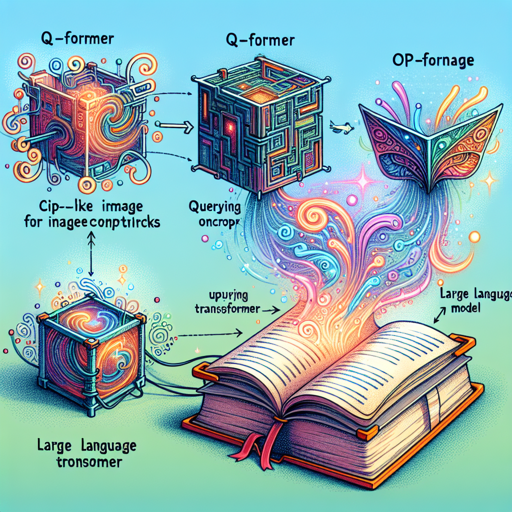In the evolving landscape of artificial intelligence, the BLIP-2 model emerges as a remarkable tool that combines image recognition and language processing capabilities. Powered by the expansive OPT-6.7b language model, BLIP-2 can perform vital tasks like image captioning and visual question answering. This article will guide you through using the BLIP-2 model effectively while also addressing possible troubleshooting scenarios.
Understanding the BLIP-2 Architecture
The BLIP-2 model is composed of three essential components that work in tandem:
- CLIP-like Image Encoder: This component transforms images into embeddings that the model can understand.
- Querying Transformer (Q-Former): A BERT-like encoder that bridges the gap between image embeddings and text generation.
- Large Language Model (OPT-6.7b): Generates detailed text responses based on input queries and images.
Think of the BLIP-2 model like a smart librarian. When you show it a picture (the image encoder), it remembers the important details about that picture. The querying transformer (Q-Former) then communicates these details in a language that the large language model (OPT-6.7b) can understand. Finally, based on this information, the librarian crafts a response, whether it’s a captivating caption or an answer to a specific question about the image.
How to Use BLIP-2
Using the BLIP-2 model is quite straightforward. Here are the steps to get started:
- First, ensure you have the required libraries installed. Key libraries include Transformers from Hugging Face.
- Access the model by visiting the model hub.
- Load the model in your Python environment using the following code snippet:
from transformers import Blip2Processor, Blip2ForConditionalGeneration
processor = Blip2Processor.from_pretrained("Salesforce/blip2")
model = Blip2ForConditionalGeneration.from_pretrained("Salesforce/blip2")
Troubleshooting Common Issues
While using the BLIP-2 model, you may encounter certain challenges. Here are some troubleshooting ideas:
- Issue: The model returns irrelevant outputs.
- Solution: Ensure the input data is clean and relevant to the task at hand. Fine-tuning on specific datasets may improve results.
- Issue: Errors in model loading or prediction stages.
- Solution: Verify that all necessary libraries and dependencies are correctly installed. Reinstalling or updating the Transformers library can often resolve issues.
- Issue: Performance issues during image processing.
- Solution: Check your hardware specifications. Models like BLIP-2 may require substantial system resources to operate effectively.
For more insights, updates, or to collaborate on AI development projects, stay connected with fxis.ai.
Conclusion
The BLIP-2 model represents a significant leap in AI capabilities, allowing for seamless interaction between visual data and textual information. As you embark on your journey with this model, remember to keep an eye on the balance of bias and ethical considerations when deploying such technology.
At fxis.ai, we believe that such advancements are crucial for the future of AI, as they enable more comprehensive and effective solutions. Our team is continually exploring new methodologies to push the envelope in artificial intelligence, ensuring that our clients benefit from the latest technological innovations.

